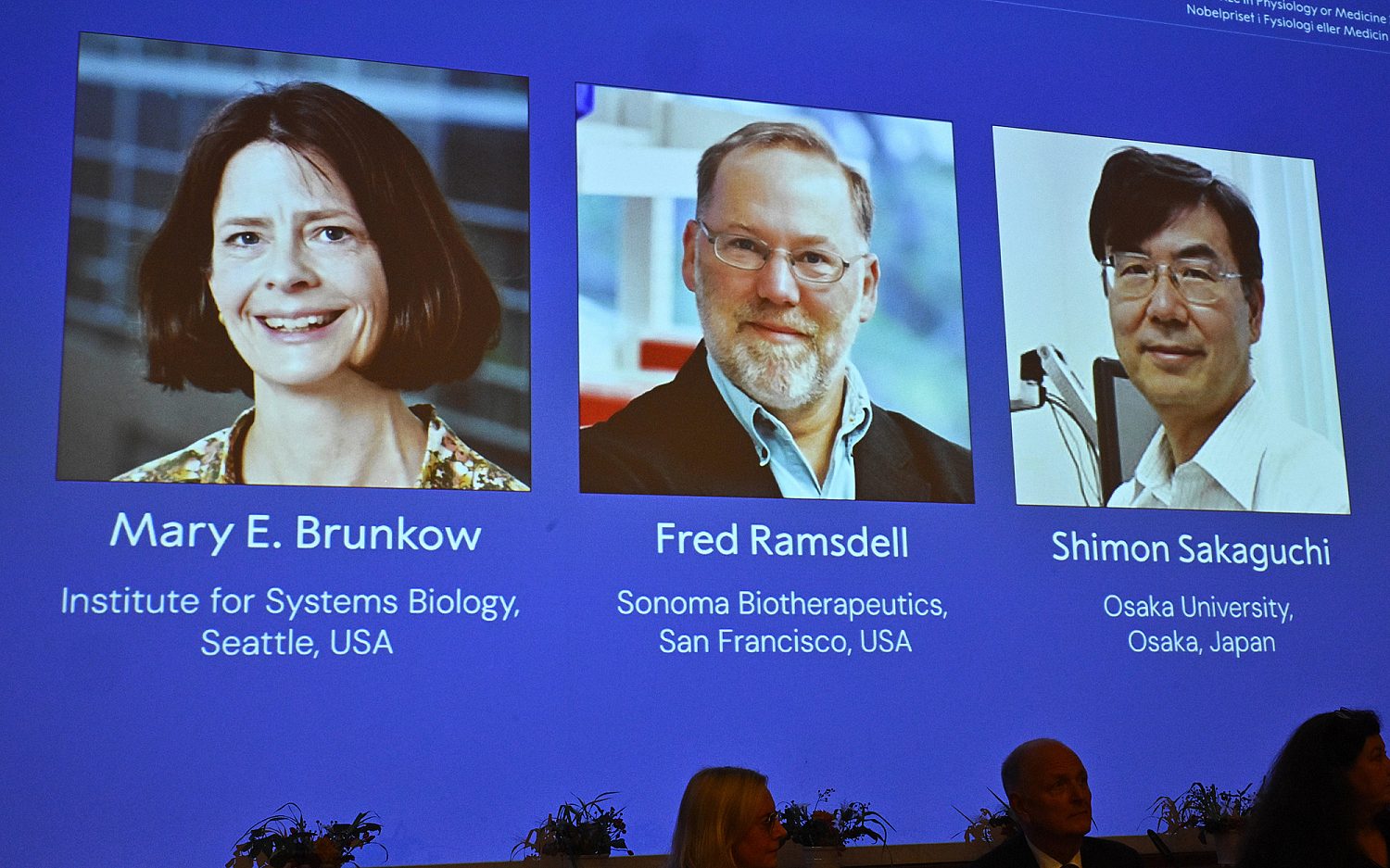Scientists announce birth of three-person baby
Ethicists say too little is known about the generational repercussions of genetic modification
Scientists are applauding the birth of the first “three-parent baby” created using the mitochondrial replacement technique recently approved in the U.K.
Despite the procedure’s seeming success, bioethicists lamented the development as another dangerous step toward separating procreation from its natural process. Such so-called scientific advancements create a myriad of ethical questions, critics warn, not to mention uncertainty over how the process will affect future generations.
The Muslim Jordanian couple who opted for the experimental treatment had been trying to have children for nearly two decades. They turned to a team of U.S. scientists after four miscarriages and the deaths of a 6-year-old daughter and another 8-month-old child.
Using the mitochondrial replacement method, still illegal in the United States, scientists remove the nucleus of the mother’s egg (which contains 99.9 percent of her DNA) and place it inside an unfertilized donor egg, of which the nucleus has been destroyed. Scientists then fertilize the donor egg and implant it inside the mother.
The method can circumnavigate heritable disorders found in mitochondria, the energy-providing DNA structures surrounding the cell’s nucleus. The Jordanian couple was trying to avoid the fatal Leigh syndrome, a disorder that affects the central nervous system.
Working in Mexico to bypass U.S. regulation, the team of scientists fertilized five embryos, only one of whom survived. On April 6, the mother bore a seemingly healthy son.
But for ethicists, the procedure creates several moral qualms.
“Human procreation should take place within marriage,” John Brehany with the National Catholic Bioethics Center told me. “This will certainly increase the creation of life outside the context of marriage and marital love. It will certainly increase the tendency to manipulate human life in more ways, which is an immoral evil, and will undoubtedly lead to the death of more embryos.”
Brehany also noted the couple could have chosen to adopt.
Ethicist Paige Cunningham, executive director of the Center for Bioethics and Human Dignity, understands the Jordanian couple’s desire to have a healthy child but disapproves the method they used.
“Certainly, genetic research starts with trying to correct pretty serious diseases,” she told me. “No one can argue with that, and no one will be against trying to help parents have healthy children, but it’s the means in which we get there and the amount of risk we are willing to take and the amount of embryonic lives we are willing to sacrifice I find deeply distressing.”
Cunningham also takes issue with the unpredictable effects and the permanent nature of this kind of genetic alteration.
“You really are trying to jam genetic material together that wasn’t created to do that,” she said. “They simply cannot predict what the effect will be on the rest of the genome.”
It could lead to diseases like cancer or to mental health problems, as some DNA from the mitochondria help determine personality, Cunningham said.
But the main concern with three-person embryos is that the process involves heritable genetic changes: the alteration of genetic coding that will be passed down to every successive generation. The practice, also known as germline gene editing, is outlawed in many countries.
“This has crossed the clear line that is virtually universally accepted,” Cunningham said. “It’s one generation exercising irreversible power over all future generations.”
Although this couple’s child is the first born using mitochondrial replacement, he’s not the first three-person embryo. An older procedure called cytoplasmic transfer produced the first successful birth in 1997. That gave rise to the idea wealthy couples could someday order “designer babies,” physically and mentally superior—albeit genetically modified—offspring.
But the U.S. Food and Drug Administration banned cytoplasmic transfer in 2002, and research on three-person embryos came to a halt. But in February a group of scientists recommended research on the subject be legalized in the United States.
For Christians, children should not be viewed as science experiments requiring medical monitoring their whole lives, Cunningham said.
“Children are a gift, and every child deserves an unconditional welcome. And I think this kind of genetic manipulation takes us further and further away from that,” she said. “We too were chosen by adoption. We were unconditionally welcomed. And how we view our children should be a reflection of that.”
An actual newsletter worth subscribing to instead of just a collection of links. —Adam
Sign up to receive The Sift email newsletter each weekday morning for the latest headlines from WORLD’s breaking news team.




Please wait while we load the latest comments...
Comments
Please register, subscribe, or log in to comment on this article.